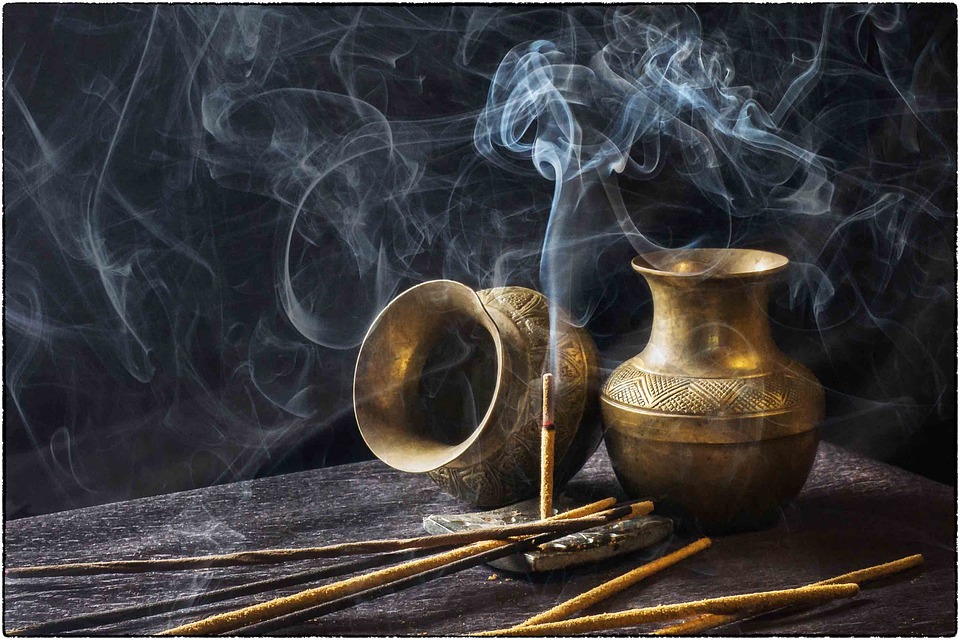Art and music have been intrinsic to human life for centuries, serving as a powerful tool for shaping cultural identities and expressing the essence of different societies. From ancient cave paintings to contemporary music genres, these forms of creative expression continue to play a vital role in connecting individuals to their roots and defining who they are as a people.
One of the most remarkable things about art and music is their ability to transcend language barriers and communicate emotions and ideas that words alone cannot express. Whether through a haunting melody or a vibrant painting, artists and musicians have the power to convey the deepest aspects of human experience and connect people across geographical and cultural divides.
In many ways, art and music serve as a mirror to society, reflecting the values, beliefs, and struggles of a particular culture. For example, the folk music of Appalachia in the United States tells the stories of hard-working miners and farmers, while the intricate designs of Islamic art reflect a reverence for geometry and symmetry. By immersing themselves in these creative expressions, individuals can gain a deeper understanding of the history and traditions that have shaped their cultural identity.
Moreover, art and music have the power to challenge societal norms and provoke change. Throughout history, artists and musicians have used their talents to address issues such as social injustice, political unrest, and environmental degradation. The powerful lyrics of protest songs like Bob Dylan’s “Blowin’ in the Wind” and the politically charged paintings of Frida Kahlo have inspired movements for social change and encouraged people to question the status quo.
In addition to shaping cultural identities, art and music also have the ability to bring people together and foster a sense of community. Whether through a dance performance that celebrates a shared heritage or a concert that unites music lovers from around the world, these creative expressions have the power to bridge divides and create bonds between individuals who may otherwise have little in common. In this way, art and music serve as a universal language that transcends differences and fosters a sense of belonging and connection.
Furthermore, art and music play a crucial role in preserving cultural heritage and ensuring that traditional practices and beliefs are passed down from one generation to the next. By creating paintings, sculptures, and music that celebrate their cultural heritage, artists and musicians help to keep alive the stories and traditions that define their identity. In doing so, they contribute to the richness and diversity of global culture, ensuring that the unique voices of different societies are heard and valued.
Indeed, the power of art and music in shaping cultural identities cannot be overstated. These creative expressions serve as a window into the soul of a society, revealing its deepest hopes, fears, and aspirations. By engaging with art and music, individuals can gain a deeper appreciation for the diversity of human experience and develop a greater sense of empathy and understanding for those whose lives may be vastly different from their own.
In conclusion, art and music are essential components of human life, shaping cultural identities and connecting individuals to their heritage and community. Whether through a painting that captures the beauty of a landscape or a song that celebrates the joys of love and friendship, these forms of creative expression have the power to transcend boundaries and make the world a more vibrant and interconnected place. As we continue to explore the power of art and music in our lives, let us remember the profound impact that these creative expressions have on shaping who we are and how we relate to the world around us.


